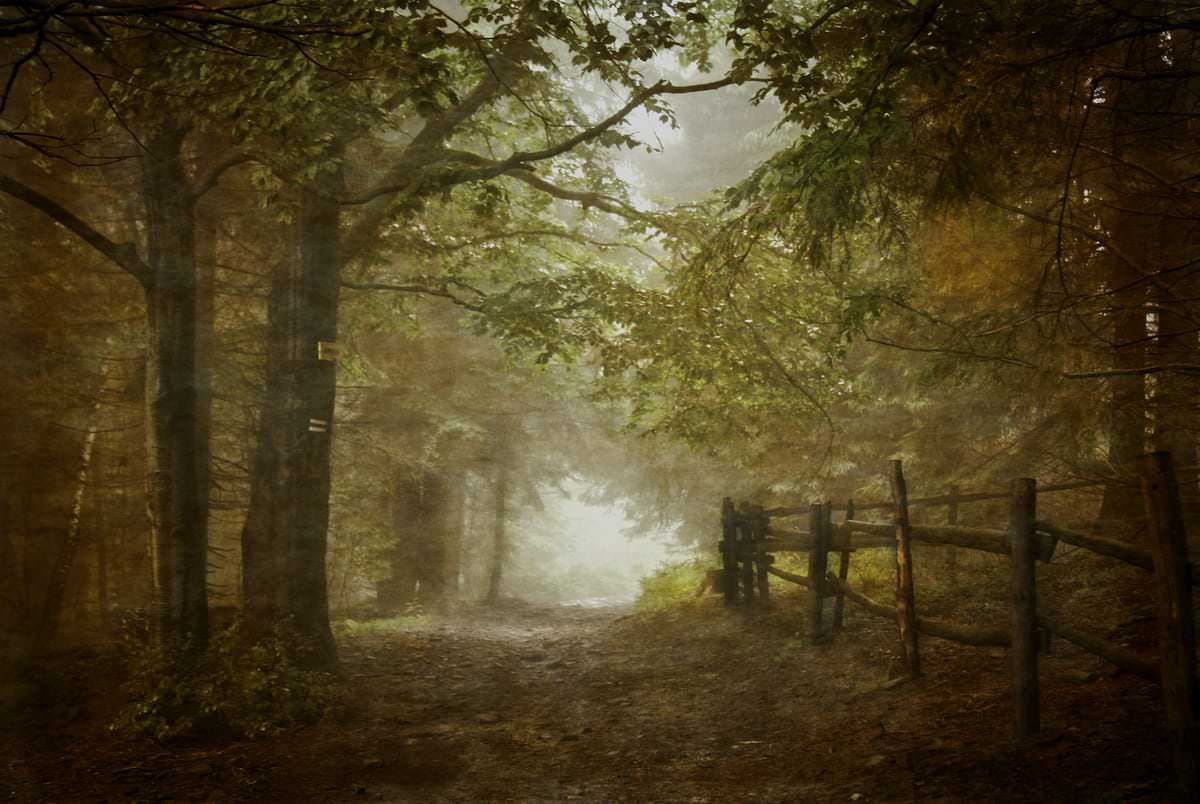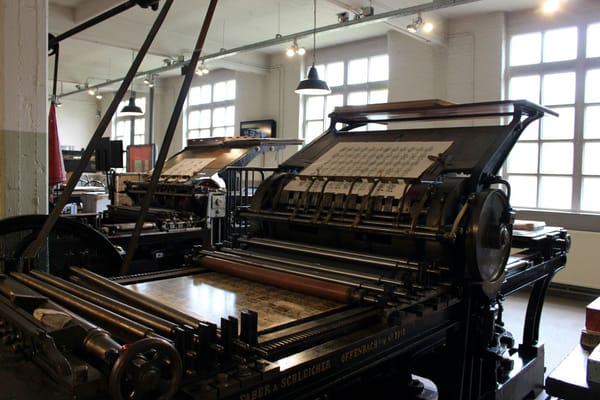The Hero's Journey in The Lord of the Rings

The Hero's Journey refers to a pattern found in many adventure stories or myths. This pattern usually includes ten stages. I will give the example of The Lord of the Rings because I read that book at least five times.
Stage 1: The Ordinary World
The ordinary world refers to how the world is for the main character before they went on their journey, or found out about a problem they need to solve. In the Lord of the Rings, this refers to the Shire, in which Frodo lives, oblivious to the outside world that was in war.
Stage 2: The Call to Adventure
In the call to adventure, the hero is made aware of an issue that they need to solve, or a danger that they must eliminate. In this case, Frodo is told about the Ring and about what he has to do with it 17 years after Bilbo leaves.
Stage 3: Refusing/Accepting the Quest
After the call to adventure, the hero must choose whether he refuses or accepts to go on the quest. If the hero refuses, then something will happen later on that will make the hero accept the quest. In The Lord of the Rings, Frodo accepts the quest to destroy the Ring in Mount Doom, but in The Hobbit, Bilbo doesn't accept right away. He has to be convinced when the dwarves appear at his house and tell him their story.
Stage 4: Entering into the Unknown
The next part of the story is the hero entering into a world which he has never experienced before, like Frodo leaving the Shire and wandering into the Wilds, through the Old Forest and the Barrow-Downs.
Stage 5: Supernatural Aid
In this stage, the main character is in a pickle, and he is helped somehow by a magical occurrence; like Frodo being saved from the Black Riders by the flood that happens near Rivendell, which was caused by Elrond and Gandalf.
Stage 6: Acquisition of an Important Object
In this stage, the main character gets an object that will help him on his journey. In the Lord of the Rings, Frodo gets Sting (a magic sword) and the mithril armor. Perhaps more significant is Bilbo getting the Ring in The Hobbit.
Stage 7: The Hero gets a Helper
In this stage, the hero gets an assistant, or someone who will help him later in the story. In the Lord of the Rings, Frodo gets Samwise Gamgee at the beginning of the story, and he helps him out through the entire tale.
Stage 8: Tests and The Supreme Ordeal
In this stage, the hero gets tested and goes through the most difficult stages of the journey, usually facing a “Final Boss” at the end.
This can be compared to level progression in many video games. For example, the Great Plateau in The Legend of Zelda: Breath of the Wild is nothing compared to the agony of getting past Hyrule Castle, and the enemies on the former are a joke compared to the Ganon fight at the end.
In The Lord of the Rings, Frodo passes through many tests (e.g., the Mines of Moria, the Dead Marshes, Shelob's tunnel), before getting to the ultimate challenge (Mount Doom). Another example is in the Hobbit, where Bilbo has to get past many obstacles (Goblin Tunnels, Mirkwood), to get to Erebor and fight the Final Boss Smaug (well, Bard kills it, so…).
Stage 9: Reward and the Journey Home
In this stage, the main character is rewarded and then goes back home, facing lesser challenges along the way. In The Lord of the Rings, Frodo is rewarded by having saved the world, and faces Saruman's minions back in the Shire.
A better example is in the Hobbit, where Bilbo gets a chest full of gold and the magical Ring before having to go back home.
Stage 10: Master of Two Worlds/Saving the World
In this stage, the main character becomes knowledgeable about his home and the outside world, becoming a respected person in his home. In the Lord of the Rings, Frodo is honored by being invited to the Undying Lands across the Ocean, and Samwise becomes Mayor of the Shire for seven consecutive terms of seven years each (7×7 = 49 years in office!).




